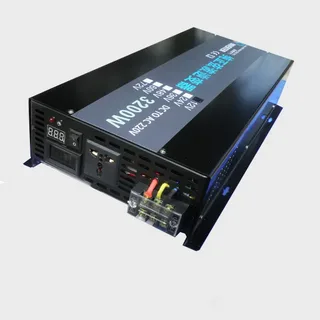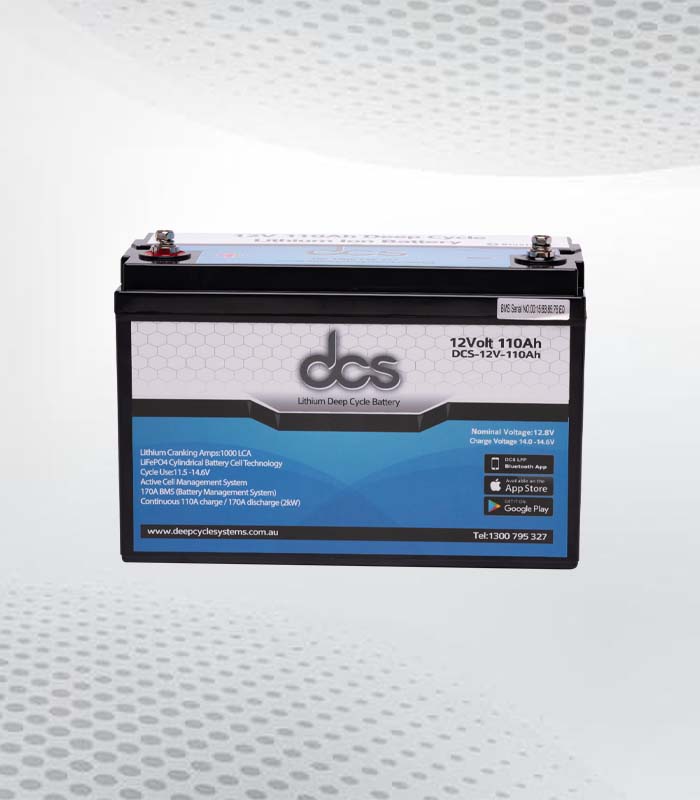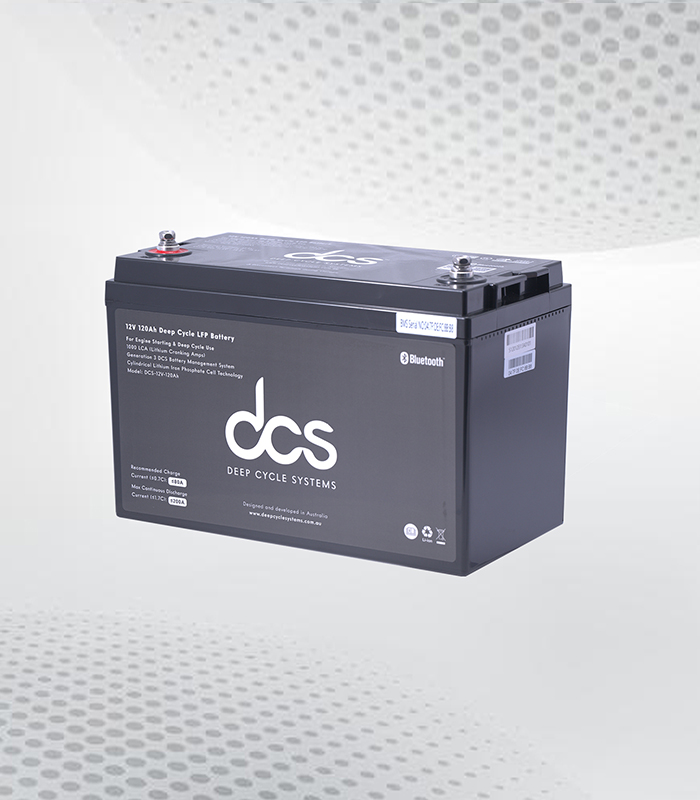Imagine a world where you’re not tethered to the grid, and energy is generated from your yard. Off-grid power systems are becoming increasingly popular as more people seek independence from traditional energy sources. Whether for a remote cabin, an RV adventure, or simply reducing your carbon footprint at home, harnessing solar power can be liberating and sustainable. Enter the stand-alone inverter—an essential component that transforms raw solar energy into usable electricity for your daily needs. This technology allows you to enjoy modern comforts while living sustainably. Ready to dive deeper into why a Stand Alone Inverter is crucial for any off-grid system? Let’s explore its benefits and how it can empower your journey toward self-sufficiency in renewable energy.
What is a Stand Alone Solar Inverter?
A is Stand Alone Solar Inverter a crucial component of off-grid power systems. Unlike grid-tied inverters, these devices convert direct current (DC) generated by solar panels into alternating current (AC) to power household appliances.
These inverters operate independently from the electrical grid. This means they are perfect for remote locations where traditional electricity sources are unavailable or unreliable.
Stand-alone solar inverters facilitate energy conversion and manage battery storage systems. They ensure that your batteries charge efficiently and discharge safely when needed.
Additionally, many models have advanced features like monitoring capabilities and automatic shutdowns during faults. This enhances performance and safety, making them essential for anyone looking to harness solar energy away from conventional utility lines.
A stand-alone solar inverter plays a vital role in off-grid power systems. It converts the direct current (DC) generated by solar panels into alternating current (AC), which most home appliances and devices run on.
These inverters are designed to operate independently of the grid, making them perfect for remote locations where access to traditional electricity sources is challenging or non-existent. They can manage energy storage systems effectively, allowing users to harness their surplus energy during sunny days and use it when sunlight isn’t available.
Stand-alone inverters come with various features tailored for off-grid usage. Some include built-in controllers that regulate battery charging, preventing overcharging and extending battery life. This function ensures that your system remains efficient, reliable, and cost-effective.
Moreover, these inverters offer flexibility regarding installation options. Whether you’re setting up a small cabin or a larger homestead, there’s likely an inverter model suited for your specific needs. Many modern units also provide monitoring capabilities through apps or online platforms so you can keep track of your energy production and consumption effortlessly.
Choosing the right stand-alone inverter enhances not just functionality but also safety. The equipment and users remain safe under all conditions with integrated protection mechanisms against overloads or short circuits.
Investing in a high-quality stand-alone solar inverter ultimately supports sustainable living while providing independence from conventional power sources—an important consideration as more people look toward renewable energy solutions.
Benefits of Using a Stand Alone Pv Inverter in Off-Grid Systems
Using a stand alone PV inverter in off-grid systems offers numerous advantages that enhance energy independence. One significant benefit is the ability to convert DC power from solar panels into AC power, making it compatible with standard household appliances.
These inverters enable seamless integration of renewable energy sources. They efficiently manage energy production and consumption, which maximizes efficiency and minimizes waste.
Another key advantage is reliability. Stand-alone inverters are designed for various environmental conditions. This durability ensures an uninterrupted power supply, even when sunlight fluctuates.
Moreover, they often have advanced features such as battery management systems. These systems help optimize battery life by regulating charging cycles effectively.
The flexibility of installation adds to their appeal, too. Whether you have a small cabin or a larger homestead, these inverters can be tailored to fit specific energy needs without requiring extensive grid connections.
Using a stand-alone PV inverter can also reduce electricity costs in the long run. By harnessing solar energy directly, you can decrease or even eliminate your reliance on traditional grid power, resulting in significant savings on utility bills.
Types of Stand-Alone Inverters
Pure Sine Wave Inverters
Pure sine wave inverters are the most common type in off-grid systems. They produce a clean and stable output, which is crucial for sensitive electronics like computers, medical equipment, and appliances. This type of inverter mimics the power provided by utility companies, ensuring compatibility and reliability for a wide range of devices.
Modified Sine Wave Inverters
Modified sine wave inverters are a more budget-friendly option. They provide a less smooth output, which can cause issues with certain devices, especially those with motors or sensitive electronics. While they are suitable for basic appliances and tools, they may not be the best choice for high-performance or sensitive equipment.
Grid-Tie Inverters
Grid-tie inverters are designed to connect solar panels directly to a utility grid, allowing for the use of solar power when available and grid power when it’s not. While they are not strictly stand-alone, they can be used in conjunction with battery storage systems to offer flexibility and backup power options. This type of inverter is ideal for those who want to reduce reliance on the grid while maintaining a connection for stability.
Hybrid Inverters
Hybrid inverters combine the features of both battery-based and grid-tie models. They offer flexibility for various energy needs by integrating battery storage with the ability to feed excess power back to the grid. This makes them a versatile choice for users who want the benefits of both off-grid independence and grid connectivity. Hybrid inverters are especially useful in areas with unreliable grid power or for those looking to maximize their renewable energy usage.
Choosing the Right Inverter
Each type of stand-alone inverter has its strengths and weaknesses, depending on your off-grid requirements. Understanding the differences helps in selecting the most efficient inverter for your specific needs, ensuring effective power management tailored to your lifestyle
Pure Sine Wave Inverters
Pure sine wave inverters produce the highest quality AC power, closely mimicking the power from a traditional utility grid. They convert DC power from batteries or solar panels into clean and stable AC power, making them safe for most sensitive electronics.
These inverters are also highly efficient, with 90-95% conversion rates. While they’re more expensive than modified sine wave models, their superior performance makes them worth it for most off-grid applications.
Pros and Cons:
Clean and stable output suitable for sensitive electronics
Highly efficient with conversion rates up to 95%. Relatively expensive compared to other types
Modified Sine Wave Inverters
Modified sine wave inverters are an affordable option for basic off-grid power needs. They produce a choppy waveform that’s still usable by most devices but can cause issues with some equipment like medical devices, microwaves, and variable-speed motors.
They’re usually less efficient than pure sine wave inverters, with conversion rates between 70-85%, but their lower cost makes them an attractive choice for budget-conscious users.
When selecting a stand-alone PV system, several key factors come into play. First and foremost, assess your energy needs. Calculate the total wattage required by all devices you intend to power. This will give you a clear idea of how much energy your inverter must produce.
Next, consider the location where you’ll install your system. Sunlight exposure varies greatly depending on geography and seasonality. A site with ample sunlight will allow for more efficient solar energy capture, directly impacting inverter performance.
Battery compatibility is another crucial aspect. Many off-grid setups use batteries to store excess power generated during sunny days for use at night or during cloudy periods. Ensure that your stand-alone inverter works well with your battery type and size.
Additionally, pay attention to efficiency ratings. An efficient inverter can convert more direct current (DC) from solar panels into usable alternating current (AC), reducing wasted energy.
Don’t overlook the warranty and customer support offered by manufacturers. A robust warranty signifies reliability, while responsive customer service can provide peace of mind if issues arise.
By considering these considerations, you’re better positioned to make an informed choice that meets both your immediate needs and long-term goals in harnessing renewable energy effectively.
Factors to Consider When Choosing a Stand Alone Pv System
When selecting a stand alone PV system, your energy needs are the first factor to consider. Calculate your daily power consumption. This will help you determine the size of the inverter and solar panels required.
Next, think about location. The amount of sunlight available varies by region. Shady spots or areas with frequent cloud cover can impact efficiency.
Battery storage is another essential element. Choose batteries that suit your usage patterns for a reliable energy supply during non-sunny periods.
Additionally, compatibility between components like inverters, batteries, and panels should be considered. Ensuring they work well together maximizes performance.
Don’t forget about budget constraints. While it’s tempting to go for premium options, find a balance between quality and affordability that meets your requirements without overspending.
Research warranties and customer reviews on products you’re considering; this provides insights into reliability and support after purchase.
How to Install and Maintain a Stand-Alone Inverter?
Installing a stand-alone inverter requires careful planning. Start by selecting an appropriate location, ideally in a dry, well-ventilated area. Ensure it’s close to your battery bank and solar panels for efficient wiring.
Before installation, gather all necessary tools: screwdrivers, wrenches, and safety gear. Follow the manufacturer’s guidelines closely during setup to avoid misconfiguration.
After installation, regular maintenance is key to longevity. Check connections periodically for corrosion or wear. Clean the inverter surface regularly; dust can impair its performance.
Monitor system performance using built-in indicators or external monitoring devices. This will help you catch potential issues early on.
Batteries also demand attention—keep them charged and clean terminals as needed. A proactive approach ensures reliable off-grid energy supply while maximizing efficiency throughout the inverter’s lifespan.
Common Misconceptions about Stand Alone Solar Pv System
Many people believe that Stand Alone Solar Pv System are only for remote locations. While they excel in off-grid settings, these systems can also be a reliable backup for urban homes during power outages.
Another misconception is that installing a stand-alone inverter is overly complicated and requires professional help. In reality, many homeowners find the installation process manageable with proper online guidance and resources.
Some assume these systems are too expensive to justify their benefits. However, advancements in technology have significantly reduced costs, making them accessible to more users than ever before.
There’s a belief that stand-alone solar PV setups produce insufficient energy. With the right design and adequate sunlight exposure, they can efficiently generate enough electricity to meet daily needs.
Conclusion
Choosing a stand alone inverter is pivotal for the success of off-grid power systems. This equipment not only ensures reliable energy conversion but also enhances system efficiency. Investing in quality components can lead to long-term savings and sustainability. Off-grid living should be empowering, and the right technology plays a crucial role in that experience. As you navigate your options, keep your specific needs at the forefront. Whether capacity, durability, or ease of use—these factors influence overall satisfaction with your system. Stay informed about new advancements, too. The renewable energy sector is evolving rapidly, offering innovative solutions tailored to various lifestyles and requirements. Creating an effective off-grid setup takes time and research—but it’s worth every effort for independence from traditional power sources.
FAQs
What is the difference between a stand alone inverter and a grid-tied inverter?
Stand alone inverters operate independently of the electrical grid, making them ideal for remote locations without access to utility electricity. Grid-tied inverters, on the other hand, connect directly to the grid and require a stable connection.
Can I use appliances directly with my stand-alone inverter?
Yes, you can use appliances directly with your stand-alone inverter if they meet the voltage and wattage specifications of the inverter. It’s important to ensure that all connected devices do not exceed its capacity.
How often should I service my stand-alone inverter?
Regular maintenance checks are recommended at least once a year. This includes cleaning connections, inspecting wiring for wear or damage, and ensuring no dust buildup around ventilation areas.
Arming yourself with knowledge about off-grid systems can lead to better decisions tailored to your unique energy needs. Understanding what makes a stand-alone solar inverter essential will empower you on this sustainable journey.
| Related Business Listings |
| Contact Directory |
| Local Business Profiles |




